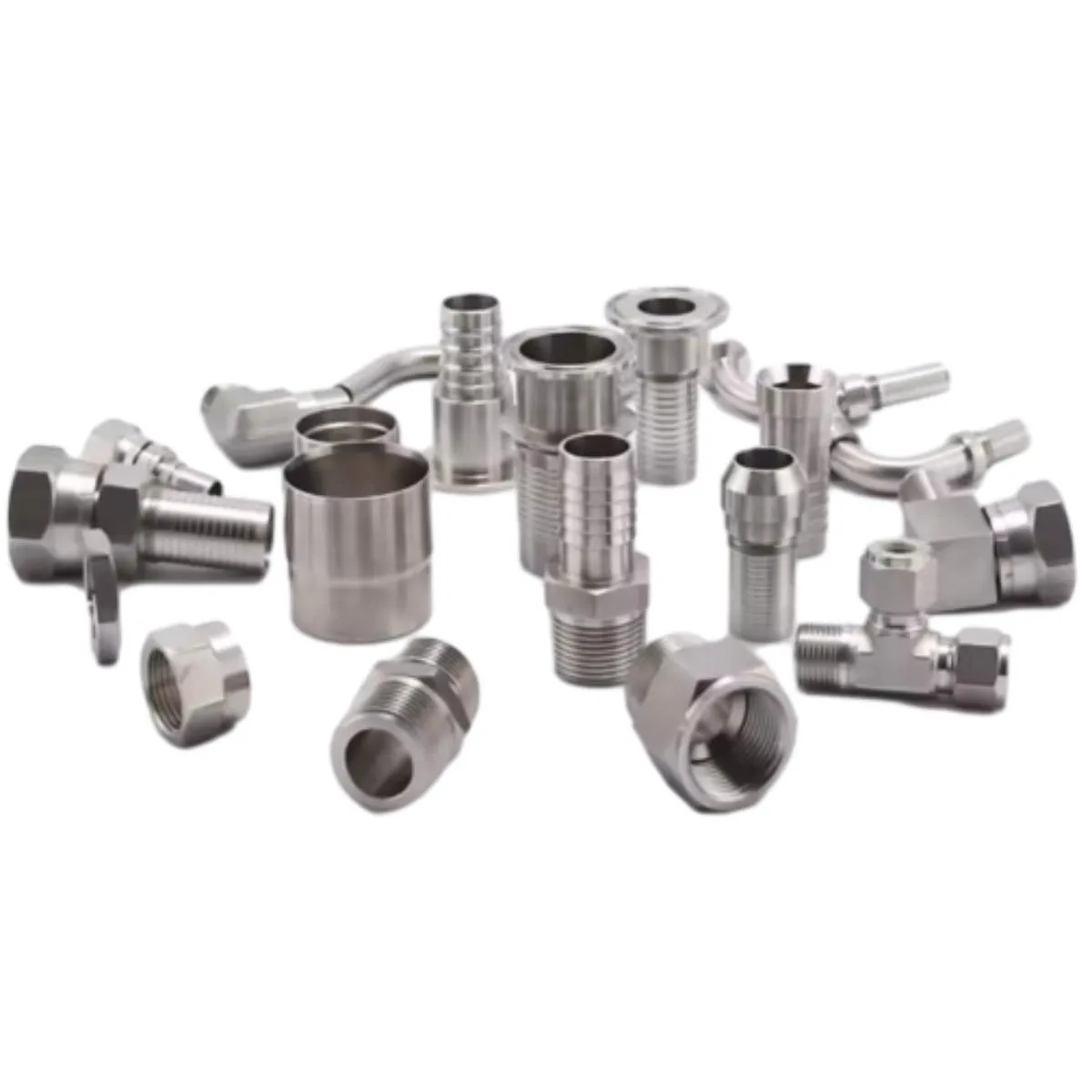Nov . 27, 2024 09:35 Back to list
Understanding the Uses and Varieties of Common Wire Nails in Construction
Understanding Common Wire Nails A Comprehensive Overview
Common wire nails are a fundamental fastener in the construction and woodworking industries. They are characterized by their simple design, which consists of a smooth, cylindrical body with a pointed tip and a flat head. This article will explore the various aspects of common wire nails, including their design, uses, advantages, and more.
Design and Specifications
Common wire nails are typically produced from steel wire, ensuring durability and strength. The standard dimensions include lengths ranging from 1 inch to 6 inches, with diameters usually measured in gauge. The gauge can vary, affecting the nail's thickness and its holding ability. Common sizes, such as 8d (2.5 inches) and 16d (3.5 inches), are widely used in various applications. The nails are often coated with zinc or other materials to resist rust and corrosion, making them suitable for both indoor and outdoor use.
Uses in Construction and Woodworking
These nails are primarily utilized in woodworking and construction projects. They are ideal for framing, sheathing, and general carpentry, as their design allows for reliable driving into wood and other materials. Common wire nails are commonly used for
1. Framing They provide essential support and stability to structures by fastening framing members. 2. Roofing These nails secure roof decking or shingles, ensuring a weather-tight seal. 3. Siding and Trim They are used to attach exterior siding and decorative trim, contributing to a building's aesthetic appeal. 4. Furniture Assembly Common wire nails can be employed in creating furniture, offering simple yet effective connections.
Advantages of Common Wire Nails
common wire nail

One of the primary advantages of common wire nails is their ease of use. They can be driven into materials quickly and efficiently, making them ideal for high-volume projects. Additionally, they are cost-effective compared to other fastening solutions, such as screws or specialized fasteners.
Their design allows for a good balance of holding power and withdrawal resistance. When driven into wood, the friction and shear forces contribute to their strength, making them a reliable choice for various applications. Moreover, common wire nails do not require pre-drilling in most situations, which saves time during installation.
Limitations and Considerations
While common wire nails excel in many areas, they do have certain limitations. One key consideration is their reduced holding power in certain materials, such as engineered woods or composite materials. In such cases, specialty fasteners may be more appropriate.
Additionally, the use of common wire nails in areas subject to moisture can pose challenges if they are not properly coated, as rust can compromise their strength over time. Therefore, selecting the right type of nail for the specific application is crucial.
Conclusion
In summary, common wire nails are an indispensable component of the construction and woodworking industries. Their simple design, ease of use, and versatility make them a preferred choice for many applications. While there are considerations regarding their limitations, when used appropriately, they provide effective and reliable fastening solutions. Understanding the characteristics and proper applications of common wire nails can help builders and craftsmen achieve high-quality, long-lasting results in their projects.
-
The Role of Field Wire Fence in Grassland Conservation
NewsJul.15,2025
-
Stainless Steel Razor Wire Durability in Coastal Environments
NewsJul.15,2025
-
Enhancing Home Security with Mesh Fences
NewsJul.15,2025
-
Diamond Mesh Wire for Small Animal Enclosures
NewsJul.15,2025
-
Common Wire Nail Tensile Strength Testing for Woodworking
NewsJul.15,2025
-
Barbed Wire Corrosion Resistance Galvanization Techniques
NewsJul.15,2025









